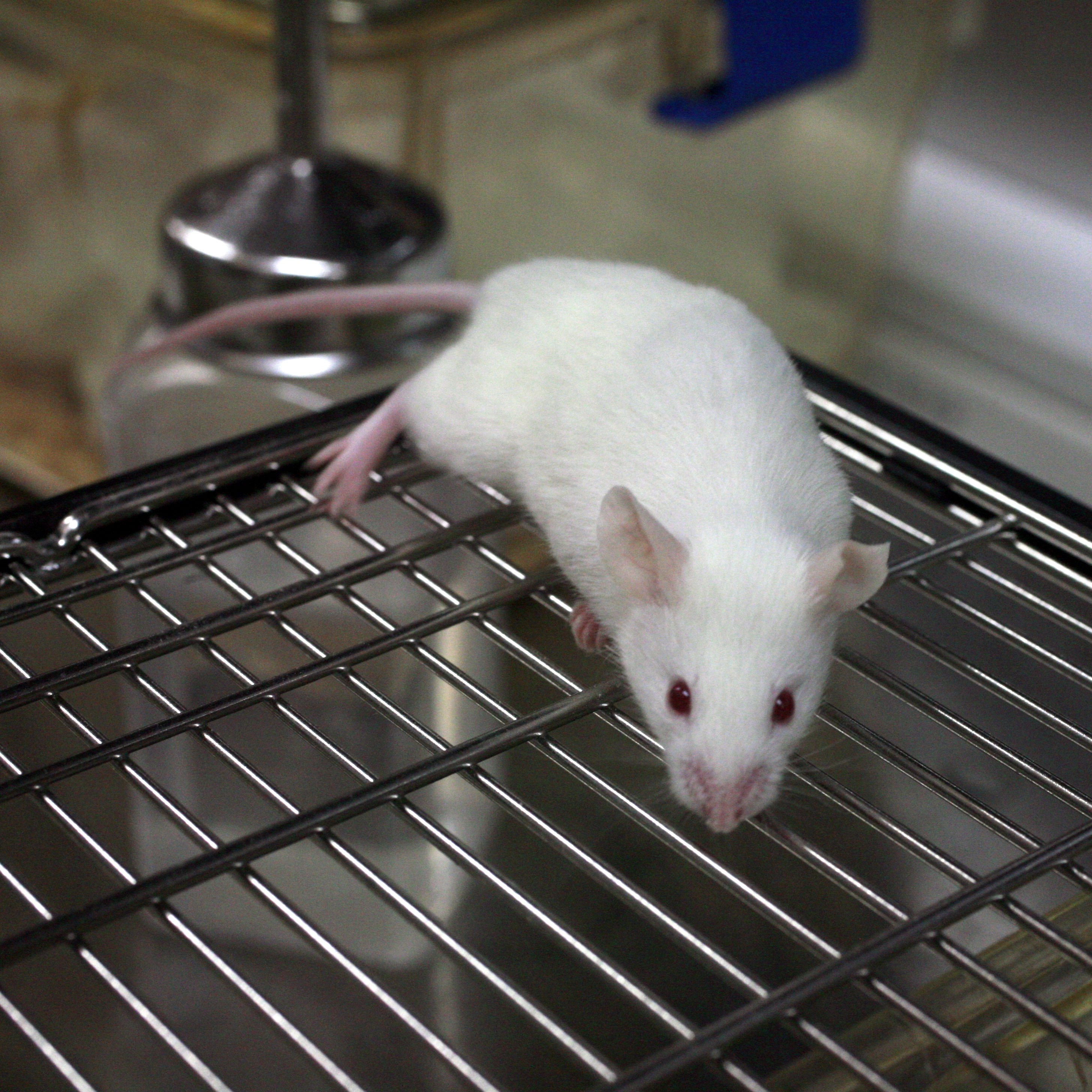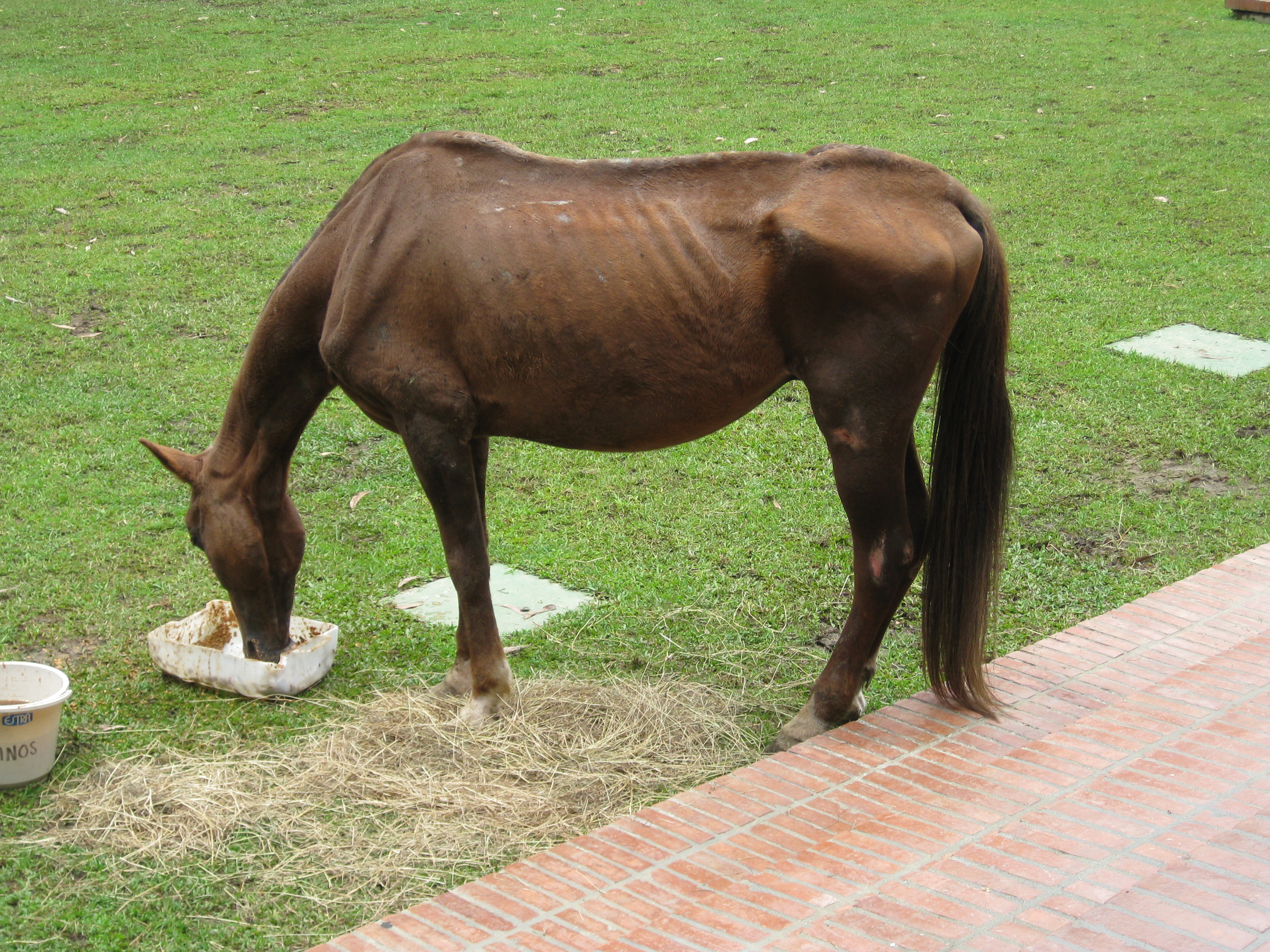|
Humane Education
Humane education is broadly defined as education that nurtures compassion and respect for living beingsUnti, B. & DeRosa, B. (2003). Humane education: Past, present, and future. In D. J. Salem & A. N. Rowam (Eds.), ''The State of the Animals II: 2003'' (pp. 27 – 50). Washington, D.C.: Humane Society Press In addition to focusing on the humane treatment of non-human animals, humane education also increasingly contains content related to the environment, the compassionate treatment of other people, and the interconnectedness of issues pertaining to people and the planet.Burnett, C. (2000). Humane education. ''Animals Today'', ''8'', 18 - 20. Humane education encourages cognitive, affective, and behavioral growth through personal development of critical thinking, problem solving, perspective-taking, and empathy as it relates to people, animals, the planet, and the intersections among them. Education taught through the lens of humane pedagogy supports more than knowledge acquisition, ... [...More Info...] [...Related Items...] OR: [Wikipedia] [Google] [Baidu] |
Humane
Humans (''Homo sapiens'') are the most abundant and widespread species of primate, characterized by bipedalism and exceptional cognitive skills due to a large and complex brain. This has enabled the development of advanced tools, culture, and language. Humans are highly social and tend to live in complex social structures composed of many cooperating and competing groups, from family, families and kinship networks to political state (polity), states. Social interactions between humans have established a wide variety of values, norm (sociology), social norms, and rituals, which bolster human society. Its intelligence and its desire to understand and influence the environment and to explain and manipulate Phenomenon, phenomena have motivated humanity's development of science, philosophy, mythology, religion, and other fields of study. Although some scientists equate the term ''humans'' with all members of the genus ''Homo'', in common usage, it generally refers to ''Homo sapien ... [...More Info...] [...Related Items...] OR: [Wikipedia] [Google] [Baidu] |
Critical Pedagogy
Critical pedagogy is a philosophy of education and social movement that developed and applied concepts from critical theory and related traditions to the field of education and the study of culture. It insists that issues of social justice and democracy are not distinct from acts of teaching and learning. The goal of critical pedagogy is emancipation from oppression through an awakening of the critical consciousness, based on the Portuguese term '' conscientização''. When achieved, critical consciousness encourages individuals to effect change in their world through social critique and political action in order to self-actualize. Critical pedagogy was founded by the Brazilian philosopher and educator Paulo Freire, who promoted it through his 1968 book, ''Pedagogy of the Oppressed''. It subsequently spread internationally, developing a particularly strong base in the United States, where proponents sought to develop means of using teaching to combat racism, sexism, and oppressi ... [...More Info...] [...Related Items...] OR: [Wikipedia] [Google] [Baidu] |
Social Justice
Social justice is justice in terms of the distribution of wealth, opportunities, and privileges within a society. In Western and Asian cultures, the concept of social justice has often referred to the process of ensuring that individuals fulfill their societal roles and receive their due from society. In the current movements for social justice, the emphasis has been on the breaking of barriers for social mobility, the creation of safety nets, and economic justice. Social justice assigns rights and duties in the institutions of society, which enables people to receive the basic benefits and burdens of cooperation. The relevant institutions often include taxation, social insurance, public health, public school, public services, labor law and regulation of markets, to ensure distribution of wealth, and equal opportunity. Interpretations that relate justice to a reciprocal relationship to society are mediated by differences in cultural traditions, some of which emphasize t ... [...More Info...] [...Related Items...] OR: [Wikipedia] [Google] [Baidu] |
Human Rights
Human rights are Morality, moral principles or Social norm, normsJames Nickel, with assistance from Thomas Pogge, M.B.E. Smith, and Leif Wenar, 13 December 2013, Stanford Encyclopedia of PhilosophyHuman Rights Retrieved 14 August 2014 for certain standards of human behaviour and are regularly protected in Municipal law, municipal and international law. They are commonly understood as inalienable,The United Nations, Office of the High Commissioner of Human RightsWhat are human rights? Retrieved 14 August 2014 fundamental rights "to which a person is inherently entitled simply because she or he is a human being" and which are "inherent in all human beings",Burns H. Weston, 20 March 2014, Encyclopædia Britannicahuman rights Retrieved 14 August 2014. regardless of their age, ethnic origin, location, language, religion, ethnicity, or any other status. They are applicable everywhere and at every time in the sense of being Universality (philosophy), universal, and they are Egalitari ... [...More Info...] [...Related Items...] OR: [Wikipedia] [Google] [Baidu] |
Ecopedagogy
The ecopedagogy movement is an outgrowth of the theory and practice of critical pedagogy, a body of educational praxis influenced by the philosopher and educator Paulo Freire. Ecopedagogy's mission is to develop a robust appreciation for the collective potentials of humanity and to foster social justice throughout the world. It does so as part of a future-oriented, ecological and political vision that radically opposes the globalization of ideologies such as neoliberalism and imperialism, while also attempting to foment forms of critical ecoliteracy. Recently, there have been attempts to integrate critical eco-pedagogy, as defined by Greg Misiaszek with Modern Stoic philosophy to create Stoic eco-pedagogy. One of ecopedagogy's goals is the realization of culturally relevant forms of knowledge grounded in normative concepts such as sustainability, planetarity (i.e. identifying as an earthling) and biophilia (i.e. love of all life). Early history The ecopedagogy movement began in a ... [...More Info...] [...Related Items...] OR: [Wikipedia] [Google] [Baidu] |
Environmental Protection
Environmental protection is the practice of protecting the natural environment by individuals, organizations and governments. Its objectives are to conserve natural resources and the existing natural environment and, where possible, to repair damage and reverse trends. Due to the pressures of overconsumption, population growth and technology, the biophysical environment is being degraded, sometimes permanently. This has been recognized, and governments have begun placing restraints on activities that cause environmental degradation. Since the 1960s, environmental movements have created more awareness of the multiple environmental problems. There is disagreement on the extent of the environmental impact of human activity, so protection measures are occasionally debated. Approaches to environmental protection Voluntary environmental agreements In industrial countries, voluntary environmental agreements often provide a platform for companies to be recognized for moving beyond ... [...More Info...] [...Related Items...] OR: [Wikipedia] [Google] [Baidu] |
Environmental Education
Environmental education (EE) refers to organized efforts to teach how natural environments function, and particularly, how human beings can manage behavior and ecosystems to live sustainably. It is a multi-disciplinary field integrating disciplines such as biology, chemistry, physics, ecology, earth science, atmospheric science, mathematics, and geography. The United Nations Educational, Scientific and Cultural Organization (UNESCO) states that EE is vital in imparting an inherent respect for nature among society and in enhancing public environmental awareness. UNESCO emphasises the role of EE in safeguarding future global developments of societal quality of life (QOL), through the protection of the environment, eradication of poverty, minimization of inequalities and insurance of sustainable development (UNESCO, 2014a). The term often implies education within the school system, from primary to post-secondary. However, it sometimes includes all efforts to educate the public a ... [...More Info...] [...Related Items...] OR: [Wikipedia] [Google] [Baidu] |
Animal Welfare
Animal welfare is the well-being of non-human animals. Formal standards of animal welfare vary between contexts, but are debated mostly by animal welfare groups, legislators, and academics. Animal welfare science uses measures such as longevity, disease, immunosuppression, behavior, physiology, and reproduction, although there is debate about which of these best indicate animal welfare. Respect for animal welfare is often based on the belief that nonhuman animals are sentient and that consideration should be given to their well-being or suffering, especially when they are under the care of humans. These concerns can include how animals are slaughtered for food, how they are used in scientific research, how they are kept (as pets, in zoos, farms, circuses, etc.), and how human activities affect the welfare and survival of wild species. There are two forms of criticism of the concept of animal welfare, coming from diametrically opposite positions. One view, held by some think ... [...More Info...] [...Related Items...] OR: [Wikipedia] [Google] [Baidu] |
Anti-vivisection Movement
Vivisection () is surgery conducted for experimental purposes on a living organism, typically animals with a central nervous system, to view living internal structure. The word is, more broadly, used as a pejorative catch-all term for experimentation on live animalsTansey, E.MReview of ''Vivisection in Historical Perspective by Nicholaas A. Rupke, book reviews, National Center for Biotechnology Information, p. 226. by organizations opposed to animal experimentation,Yarri, Donna''The Ethics of Animal Experimentation: A Critical Analysis and Constructive Christian Proposal, Oxford University Press, 2005, p. 163. but the term is rarely used by practising scientists. Human vivisection, such as live organ harvesting, has been perpetrated as a form of torture. Animal vivisection Research requiring vivisection techniques that cannot be met through other means is often subject to an external ethics review in conception and implementation, and in many jurisdictions use of anesthesia is l ... [...More Info...] [...Related Items...] OR: [Wikipedia] [Google] [Baidu] |
Animal Cruelty
Cruelty to animals, also called animal abuse, animal neglect or animal cruelty, is the infliction by omission (neglect) or by commission by humans of suffering or Injury, harm upon non-human animals. More narrowly, it can be the causing of harm or suffering for specific achievements, such as killing animals for entertainment; cruelty to animals sometimes encompasses inflicting harm or suffering as an end in itself, referred to as zoosadism. Divergent approaches to Animal rights by country or territory, laws concerning animal cruelty occur in different jurisdictions throughout the world. For example, some laws govern methods of killing animals for food, clothing, or other products, and other laws concern the keeping of animals for entertainment, education, research, or pets. There are several conceptual approaches to the issue of cruelty to animals. Even though some practices, like animal fighting, are widely acknowledged as cruel, not all people and nations have the same defini ... [...More Info...] [...Related Items...] OR: [Wikipedia] [Google] [Baidu] |
Animal-assisted Interventions
Animal-assisted therapy (AAT) is an alternative or complementary type of therapy that includes the use of animals in a treatment. The goal of this animal-assisted intervention is to improve a patient's social, emotional, or cognitive functioning. Studies have documented some positive effects of the therapy on subjective self-rating scales and on objective physiological measures such as blood pressure and hormone levels. The specific animal-assisted therapy can be classified by the type of animal, the targeted population, and how the animal is incorporated into the therapeutic plan. Various animals have been utilized for animal-assisted therapy, with the most common types being canine-assisted therapy and equine-assisted therapy. Use of these animals in therapies have shown positives results in many cases such as PTSD, depression, anxiety, sexual abuse victims, dementia, autism, and more. It can be used in many different facilities like hospitals, prisons, and nursing homes to ... [...More Info...] [...Related Items...] OR: [Wikipedia] [Google] [Baidu] |
Factory Farming Awareness Coalition
Factory Farming Awareness Coalition (FFAC) is a nonprofit organization founded in 2014 by Katie Cantrell in the San Francisco Bay Area. FFAC currently operates in ten different regions across the United States. History In 2010, Katie Cantrell, then a student at the University of California, Berkeley, (UCB) developed a presentation on the impacts of factory farming. She began giving the presentation at local colleges and K-12 schools around the San Francisco Bay Area. In 2012, FFAC received the second most votes in a Facebook poll sponsored by BART's sustainability-focused Blue Sky Program. As a result, FFAC was awarded a month's worth of advertising on BART trains and stations. The ads encouraged BART riders to adopt Meatless Monday Meatless Monday is an international campaign that encourages people to not eat meat on Mondays to improve their Health effects of meat consumption, health and the Environmental effects of meat production, health of the planet. Meatless Monday is ... [...More Info...] [...Related Items...] OR: [Wikipedia] [Google] [Baidu] |



.jpg)
.jpg)



